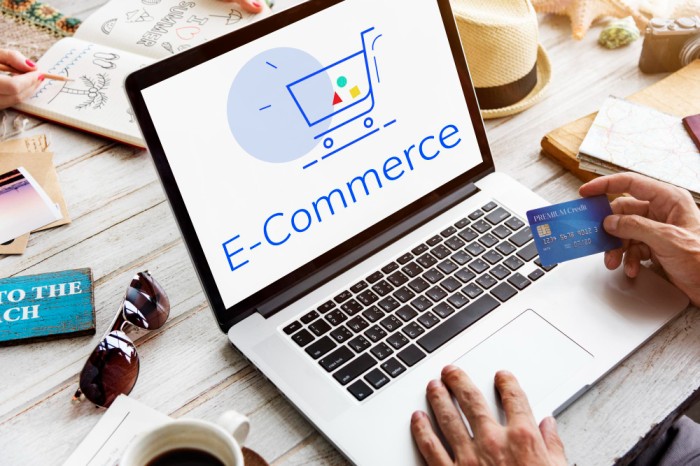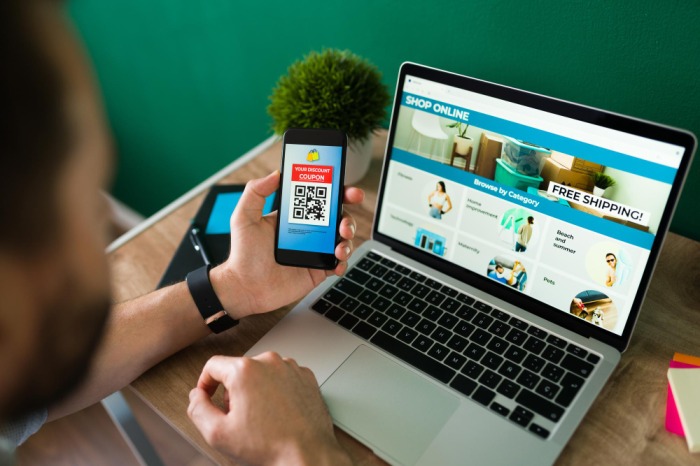A revolutionary trend that has taken center stage in the vast world of e-commerce, where virtual shelves have replaced actual aisles, is customization. Companies use more advanced strategies to customize your online buying trip, making every contact feel personalized. Let’s take a closer look at the customization of e-commerce and see how companies are transforming the online environment at Amazon to appeal to each customer.
Recognizing Personalization in E-Commerce
Email correspondence with clients using their first names is only one aspect of e-commerce customization. It involves developing a personalized and dynamic purchasing experience based on user behavior, interests, and demographics. Put another way, it’s about providing each customer with a unique and customized experience so they feel seen, understood, and appreciated.
The Anatomy of Personalization E-commerce
- Product Suggestions: One of the main characteristics of customization is making recommendations for items based on a user’s past browsing and purchases. These ideas go beyond general advice, seeking to anticipate and satisfy the person’s unique requirements and preferences.
- Tailored Content: Personalized content reigns supreme in newsletters and landing sites. Companies use data from your interactions to guess what you might be interested in and present you with content that suits your interests. This guarantees that every click feels like a step on a path made just for you.
- Customized User Interface: An ecommerce platform’s design, color scheme, and language may change based on previous interactions—this degree of personalization results in a smooth, eye-catching setting that suits your particular preferences.
- Offers and Discounts That Are Personalized: Brands use data to provide offers and discounts tailored to each customer, making promotions appealing and pertinent. This tactical move increases revenue while creating a feeling of exclusivity for each unique customer.
The Impact on Customer Experience
For Customers:
- Enhanced Relevance: The buying experience is more fun and relevant when personalized. You may now choose items that match your requirements and tastes instead of having to sort through irrelevant ones.
- Time and Effort Savings: Locating what you want is made more efficient with personalized recommendations and specialized information. This lessens the irritation of having to sort through a bewildering number of options in addition to saving time.
- Enhanced Loyalty: Brands that show a thorough awareness of your preferences tend to inspire a sense of loyalty. Customization fosters a relationship, increasing the likelihood of revisiting a platform if it regularly meets your preferences.
For Businesses:
- Increased Conversion Rates: Personalized content frequently increases conversion rates. Customers are more inclined to buy when they see information and goods catered to their interests.
- Decreased Cart Abandonment: Companies can lower the percentage of cart abandonment by providing tailored discounts or alerting customers about products in their baskets. This facilitates a more efficient purchasing procedure and helps maximize income.
- Customer Insight: The information gathered for customization offers insightful knowledge about the preferences and behavior of the target audience. Businesses trying to improve their services and strategies will find this information a veritable goldmine.
Challenges and Ethical Considerations
Although customization has many advantages, it also has drawbacks and moral dilemmas. Achieving the ideal balance between privacy and customization is essential. If consumers believe businesses are going too far in obtaining their data, they might become uneasy. Companies must let users decide how much customization they want and be upfront about their data usage practices.
E-commerce Personalization’s Future
Personalization E-commerce customization has a bright future as long as technology keeps developing. The objective is to design an experience that fulfills but anticipates every customer’s demands, resulting in a seamless fusion of effectiveness and enjoyment.
We may anticipate a more individualized landscape as companies continue to leverage data and technology, with every click, recommendation, and interaction as evidence of a brand’s dedication to comprehending and meeting the distinct preferences of each individual customer.









